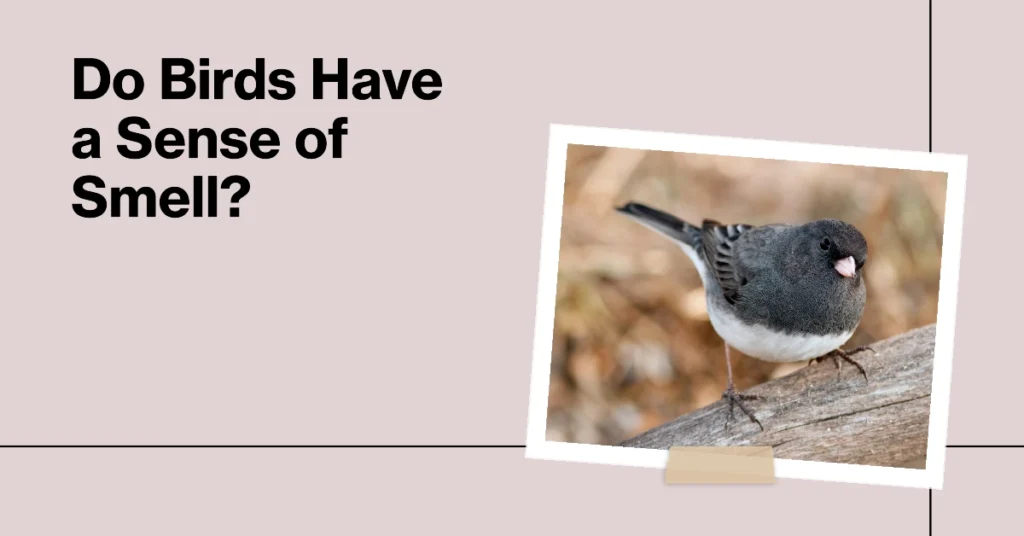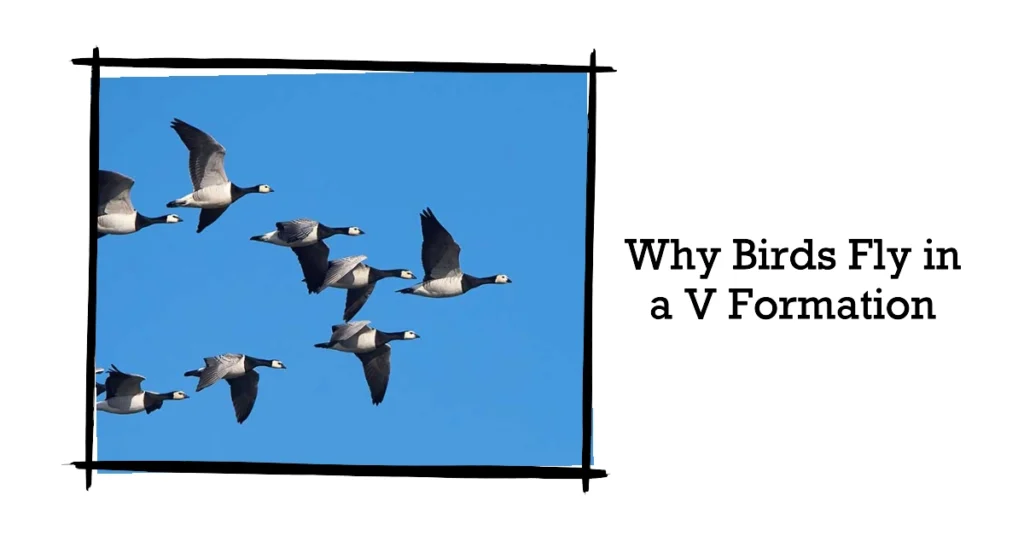
Birds have an amazing ability to fly at incredible heights. Some species soar far above even the tallest mountains on our planet. But which bird can truly claim the title of the highest flying bird in the world? Let’s count down the top 10 highest flyers.
10. White Stork

The white stork is a big bird that travels a lot. It has a home where it lays eggs in some places in Europe and Asia. When it moves to different places, it flies really, really high—up to 4,800 meters! That’s almost as high as 15,750 feet up in the sky!
9. Andean Condor 
The Andean condor is a massive New World vulture found in the Andes mountains of western South America. These huge birds of prey have a wingspan that can reach over 3 meters wide. Andean condors have been spotted soaring at heights of 5,000 meters (16,400 feet) as they use their keen eyesight to scan for food below.
8. Bar-Tailed Godwit

The bar-tailed godwit is a big bird that likes to wade in water and it comes from the cold, flat lands near the North Pole. This bird is really cool because it can fly super far without taking a break. Imagine flying from Alaska all the way to New Zealand or Australia—that’s over 11,000 kilometers—without stopping once! These birds have even been seen flying way up high, as high as 6,000 meters, which is as tall as 20,000 feet!
7. Mallards 
You may be surprised to see the common mallard duck on this list of high flyers! But mallards have been confirmed flying at heights of 6,400 meters (21,000 feet) over the Nevada desert during migration.
6. Bearded Vulture

The bearded vulture is a big bird that lives in the tall mountains in places like southern Europe, Africa, and Asia. This cool bird likes to eat bones! It picks them up and drops them from really high up to break them so it can eat them. People have seen bearded vultures flying super high, as high as 7,300 meters—that’s like 24,000 feet up in the sky!
5. Alpine Chough

The alpine chough is a crow-like bird found in the mountains of southern Europe and Asia. These hardy birds nest at elevations up to 6,500 meters. In 1924, an alpine chough was even spotted following climbers up Mount Everest to an altitude of 8,000 meters (26,500 feet)!
4. Whooper Swan

The whooper swan is one of the highest flying birds in the world. These huge white swans breed in the Arctic and migrate long distances each year. In 1967, a flock of whooper swans was tracked by radar flying at an astonishing height of 8,200 meters (27,000 feet) over Northern Ireland.
3. Bar-Headed Goose

The bar-headed goose is a pale grey goose that breeds in Central Asia. Every year, these birds migrate across the Himalayas to spend winter in India and other parts of South Asia. Bar-headed geese have been recorded flying at extreme altitudes up to 8,800 meters (29,000 feet) as they cross over the highest peaks in the world.
2. Common Crane

The tall and stately common crane breeds across northern parts of Europe and Asia. When migrating south for winter, common cranes fly at incredible heights of 10,000 meters (33,000 feet) to soar over the Himalayas and avoid predators like eagles.
1. Rüppell’s Griffon Vulture

And the highest flying bird of all is Rüppell’s griffon vulture, a massive vulture found in the Sahel region of central Africa. In 1973, a Rüppell’s griffon vulture collided with an airplane at an astonishing height of 11,300 meters (37,000 feet)! This critically endangered species has special adaptations that allow it to fly higher than any other bird.
Incredible Heights
As you can see, many bird species are capable of flying at heights that would be deadly for humans without supplemental oxygen. From migratory birds soaring over the Himalayas to vultures scanning for food from miles up, the highest flyers showcase the amazing abilities of birds.
Some key adaptations help certain birds reach such extreme altitudes:
- Efficient respiratory systems that maximize oxygen extraction
- Special types of hemoglobin that bind oxygen more effectively
- Longer, more efficient wings to reduce energy expenditure
- Lower body weights and higher wing loadings
While the birds on this list are the confirmed highest flyers, there may be other species that sometimes fly even higher that have yet to be documented by scientists. The skies have many secrets still left to unveil.
Highest Flying Birds by Continent
Here is a breakdown of some of the highest flying bird species by continent:
North America
- Mallard
- Bar-tailed godwit (migratory)
South America
- Andean condor
Europe
- White stork (migratory)
- Alpine chough
- Bearded vulture
- Common crane (migratory)
Africa
- Rüppell’s griffon vulture
Asia
- Bar-headed goose
- Whooper swan (migratory)
Australia/New Zealand
- Bar-tailed godwit (migratory)
Why Do Birds Fly at Such High Altitudes?
There are a few key reasons birds fly at extreme heights:
- Migratory species fly high to take advantage of favorable wind currents and tailwinds to conserve energy over long distances.
- High altitudes allow birds to cross over tall mountain ranges during migration.
- Soaring birds like vultures reach higher elevations to expand their visible range for finding food on the ground below.
- Some species seem to fly higher simply because they can, despite the lower air density and oxygen levels.
No matter the reason, the amazing feats of the world’s highest flying birds showcase the incredible capabilities of avian species. While humans require oxygen masks and pressurized cabins to survive at such heights, these animals soar effortlessly through the highest reaches of the atmosphere.








